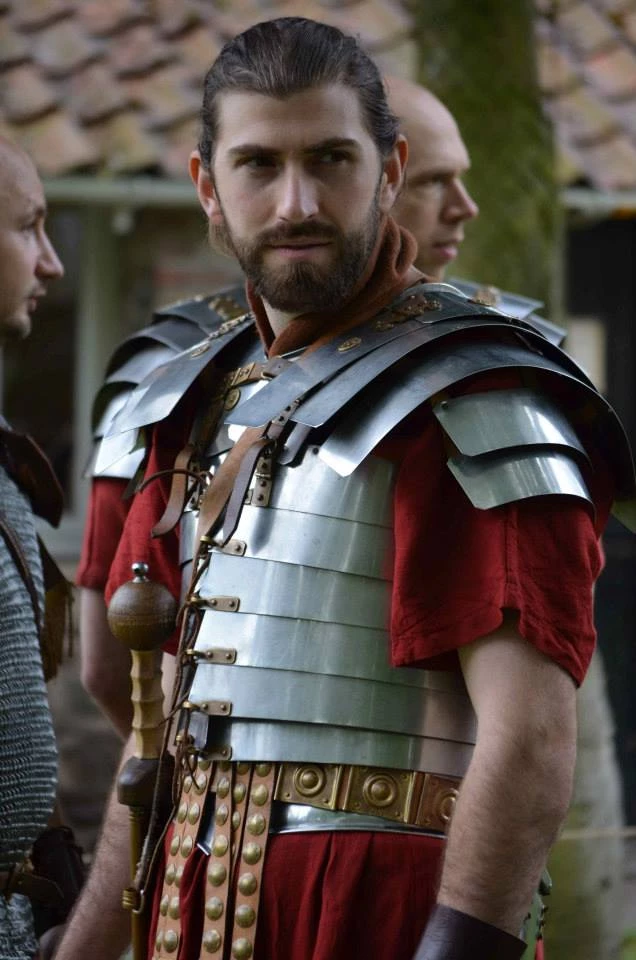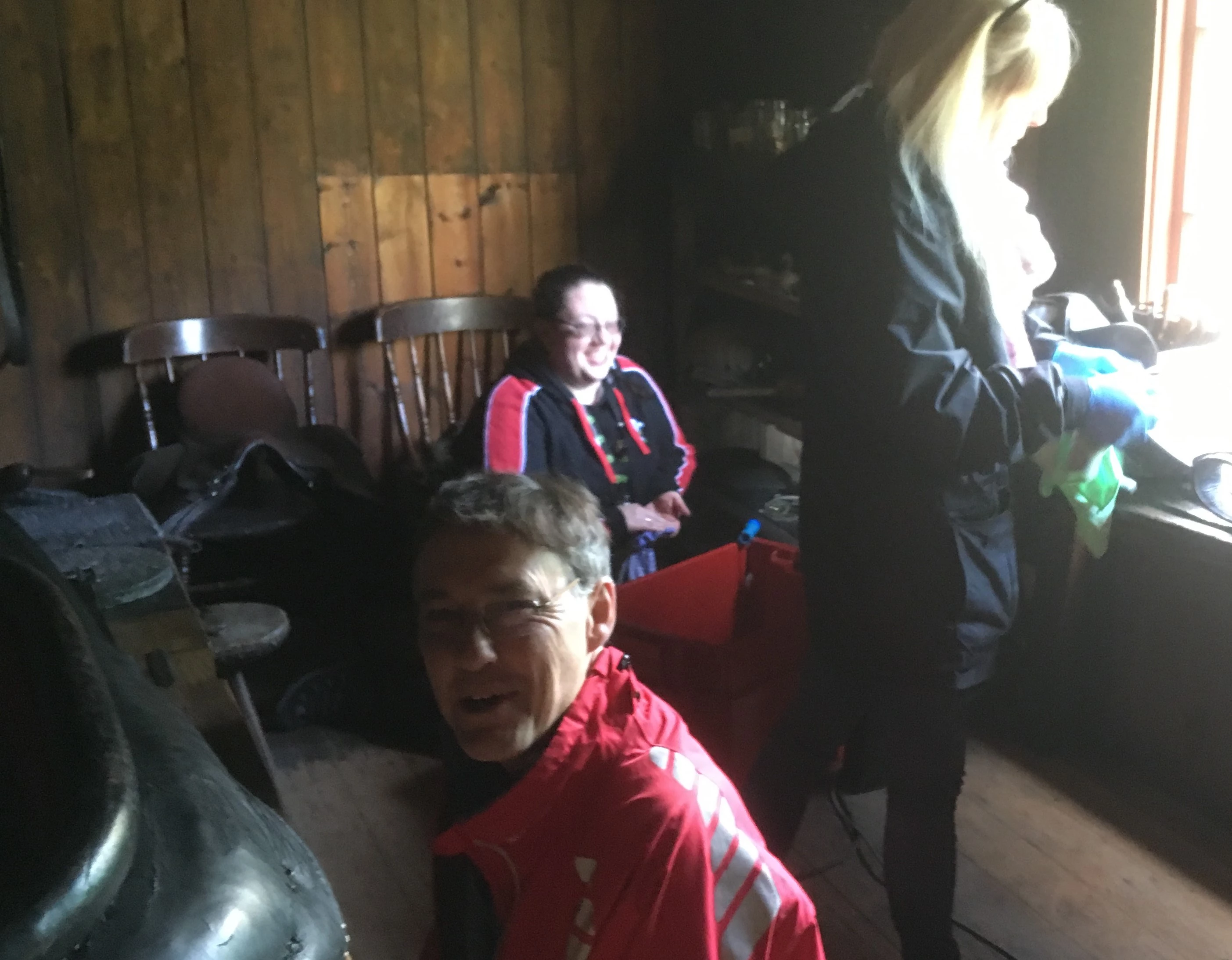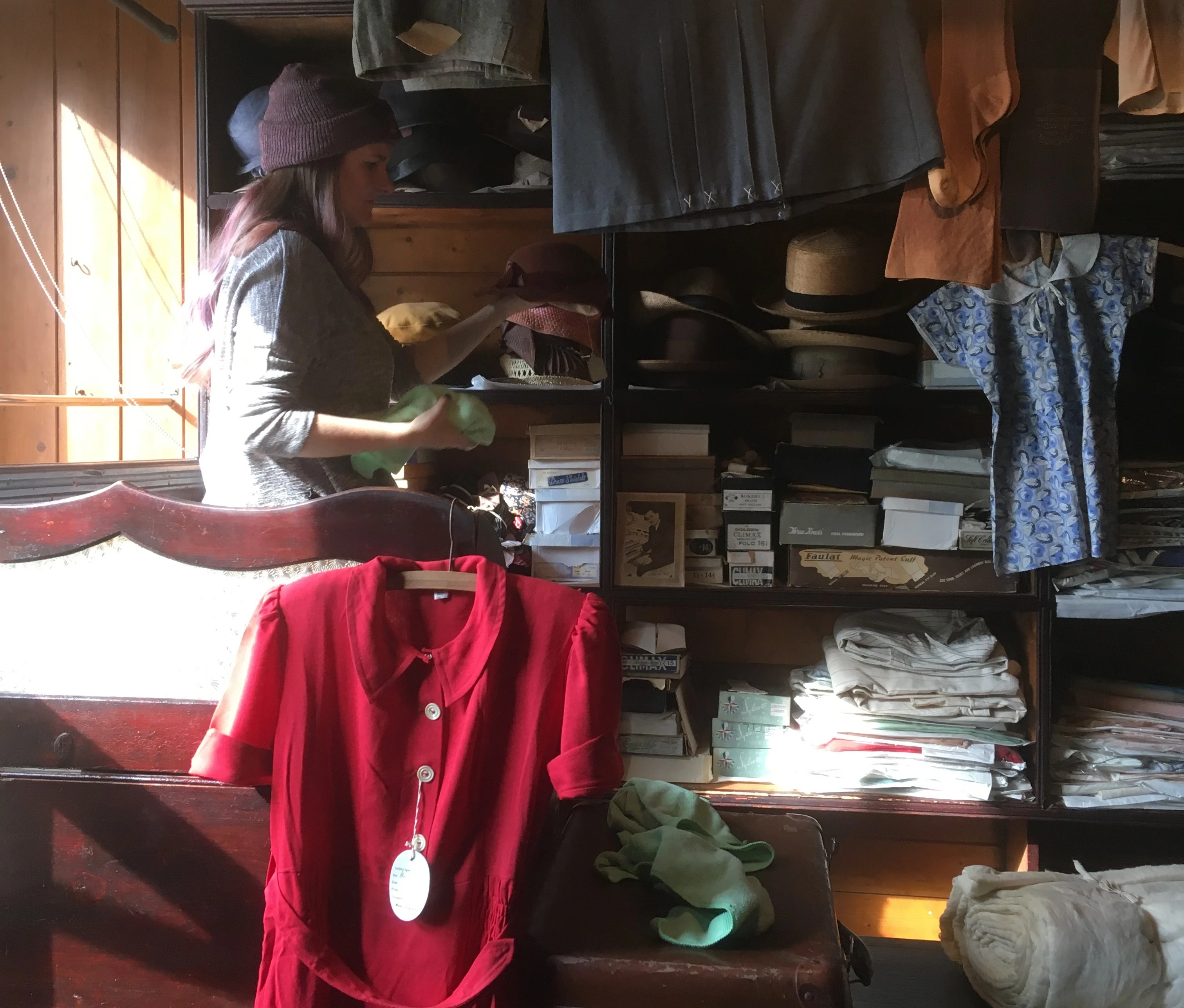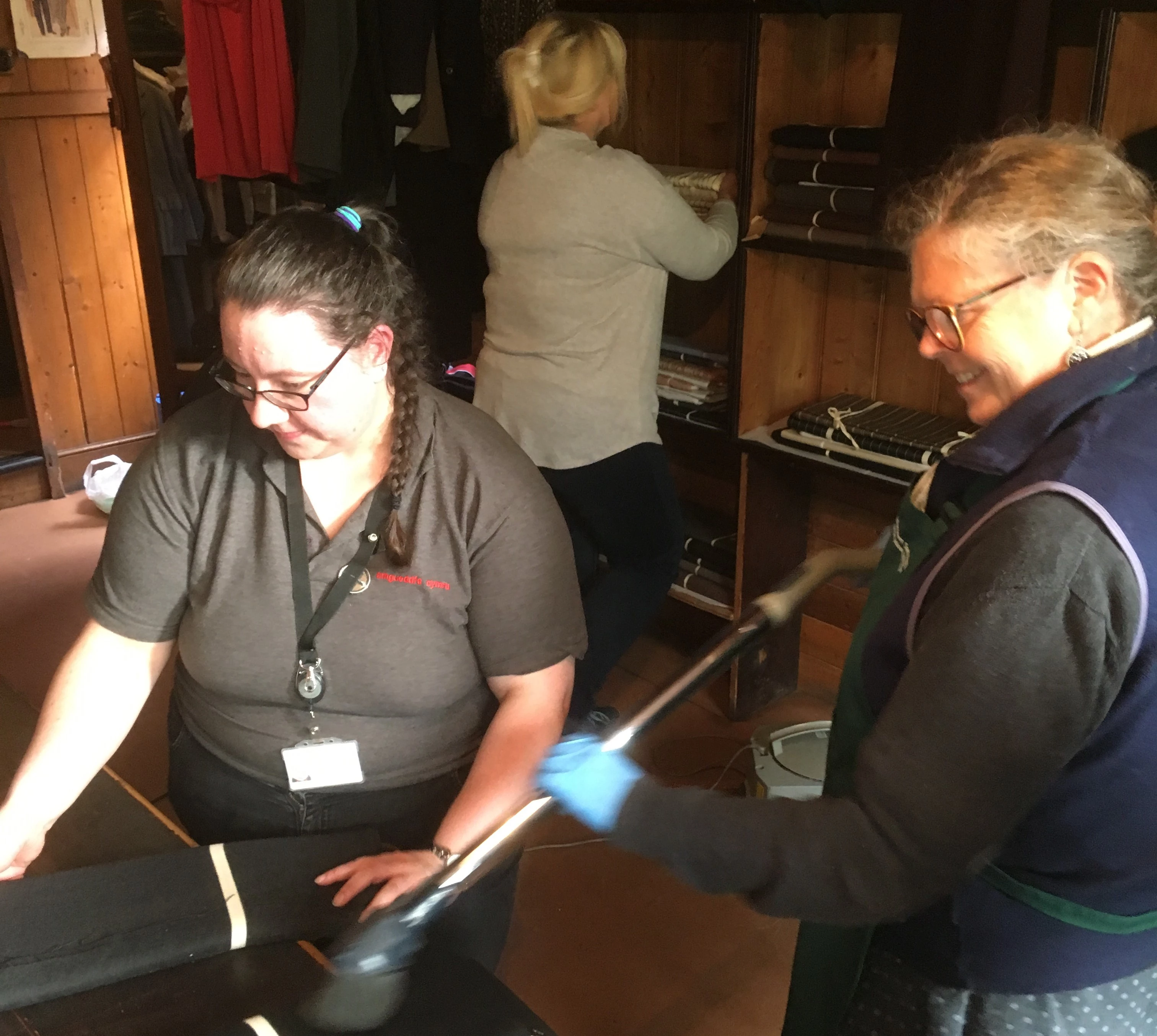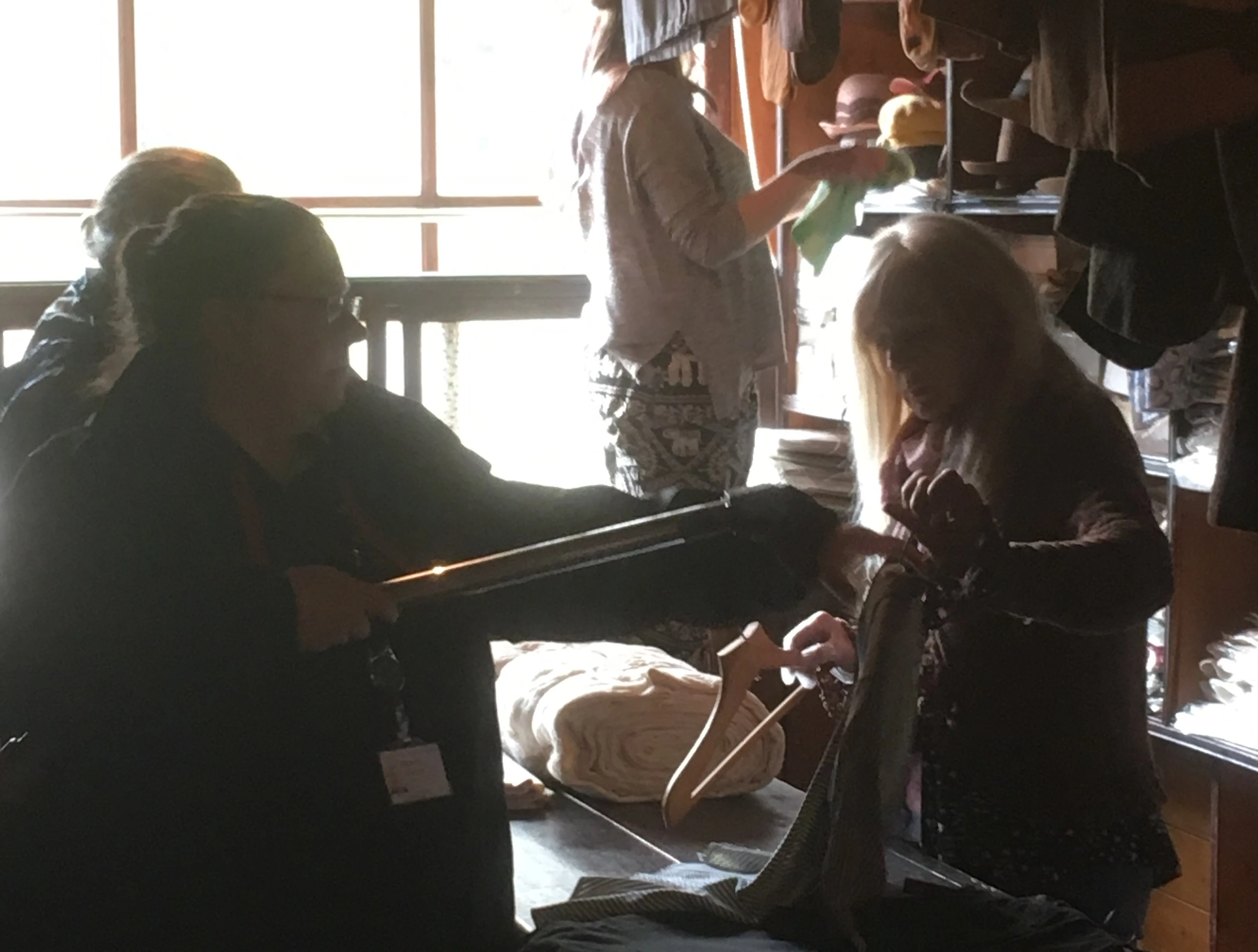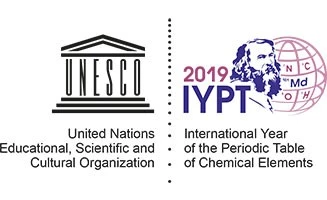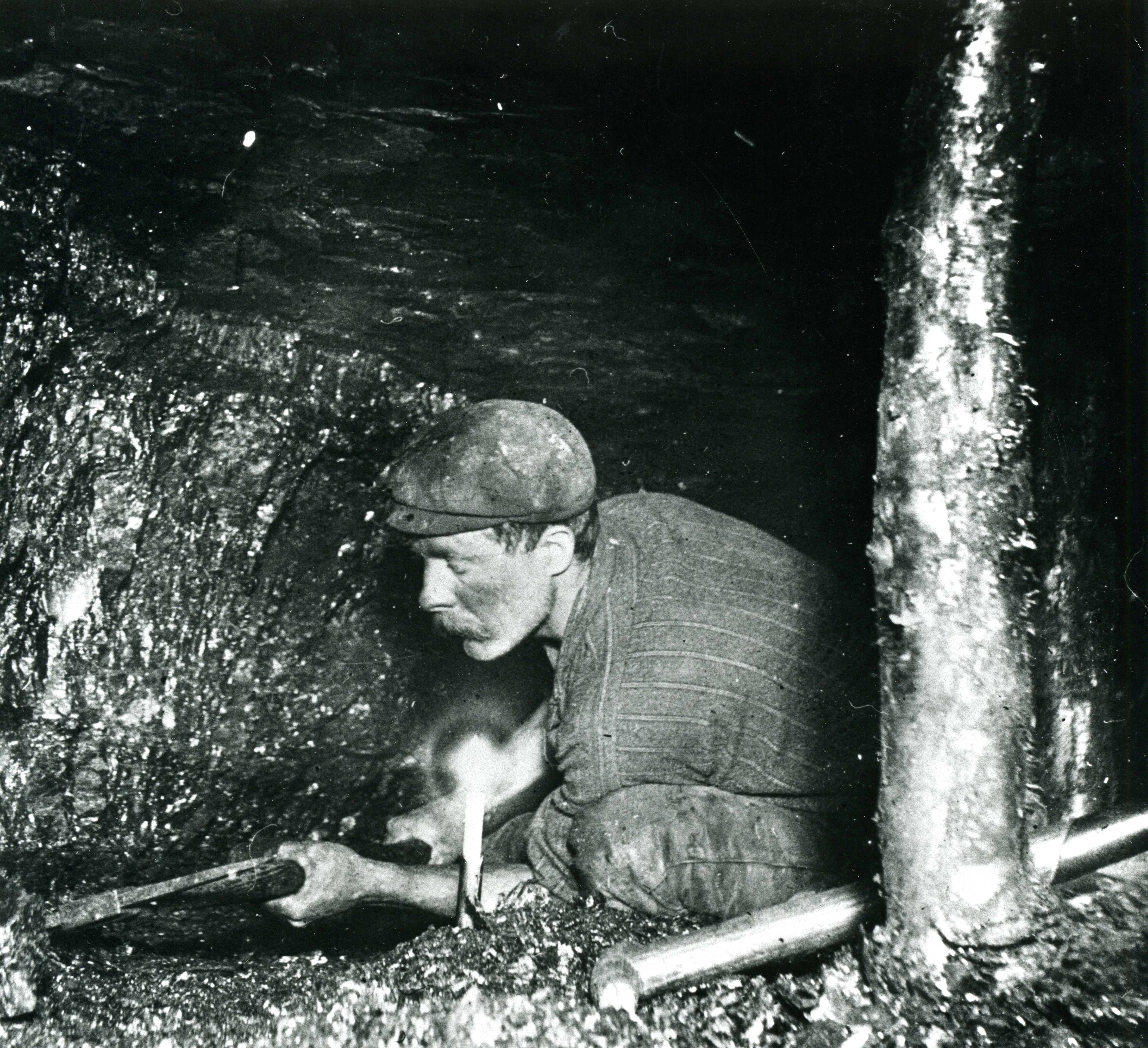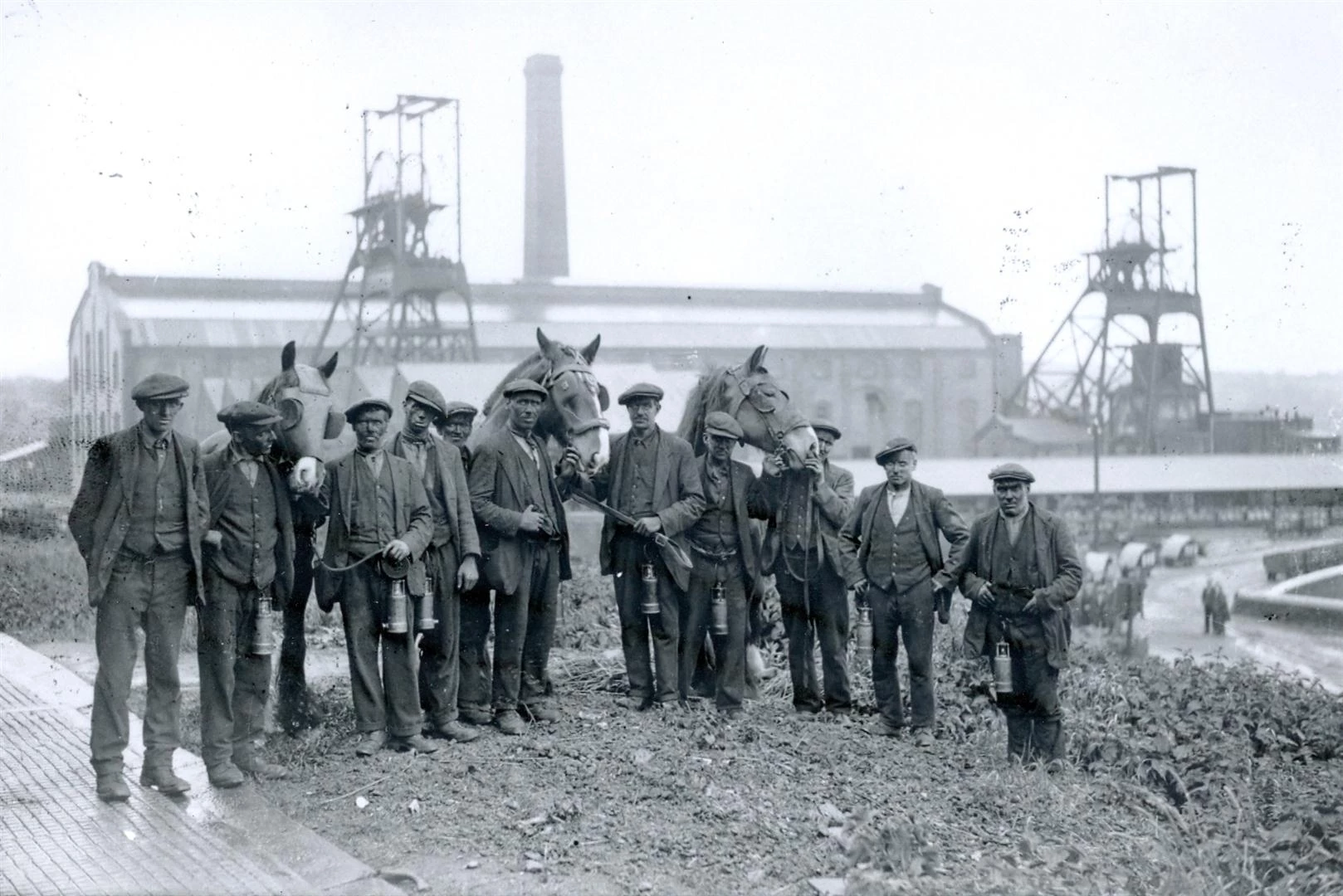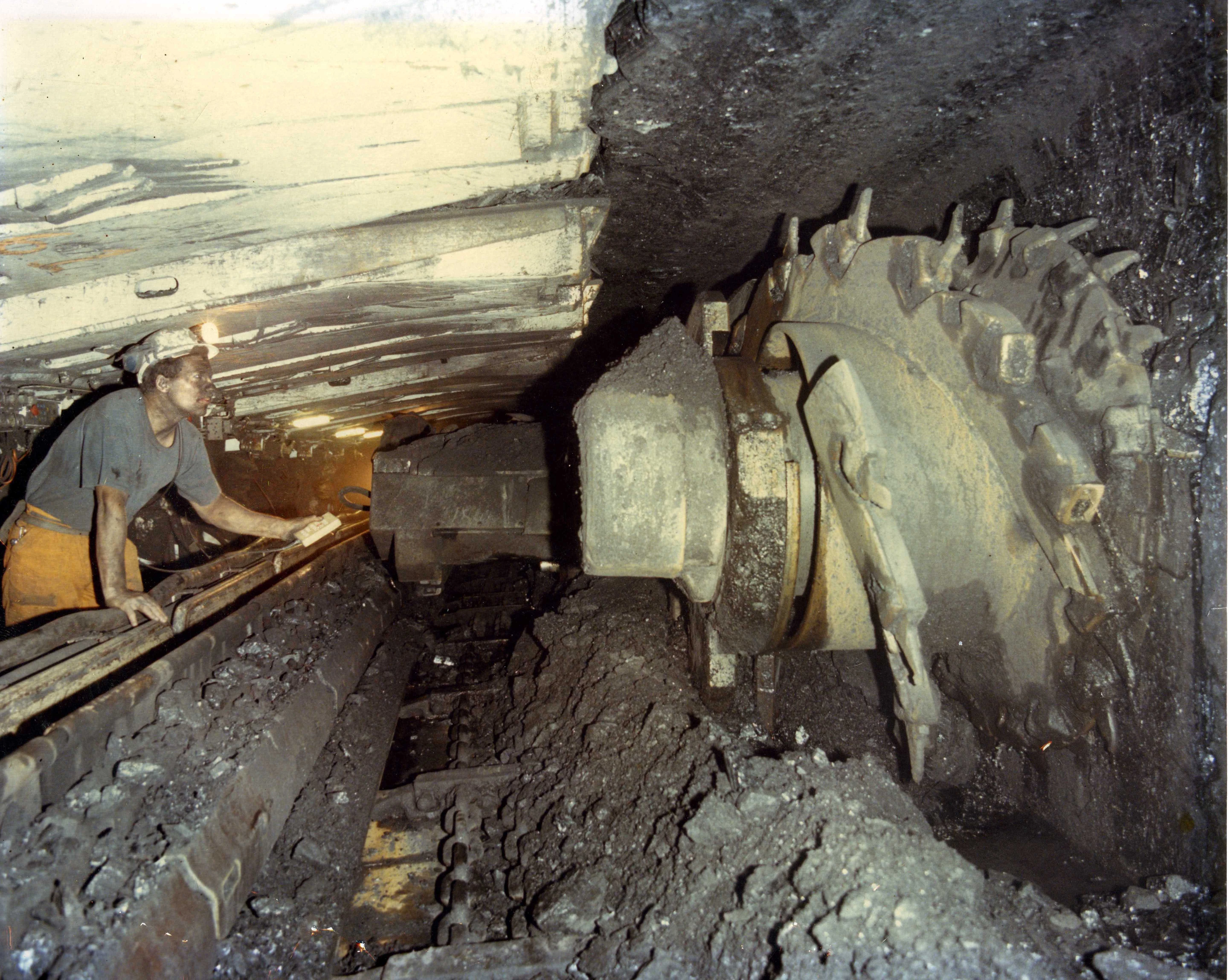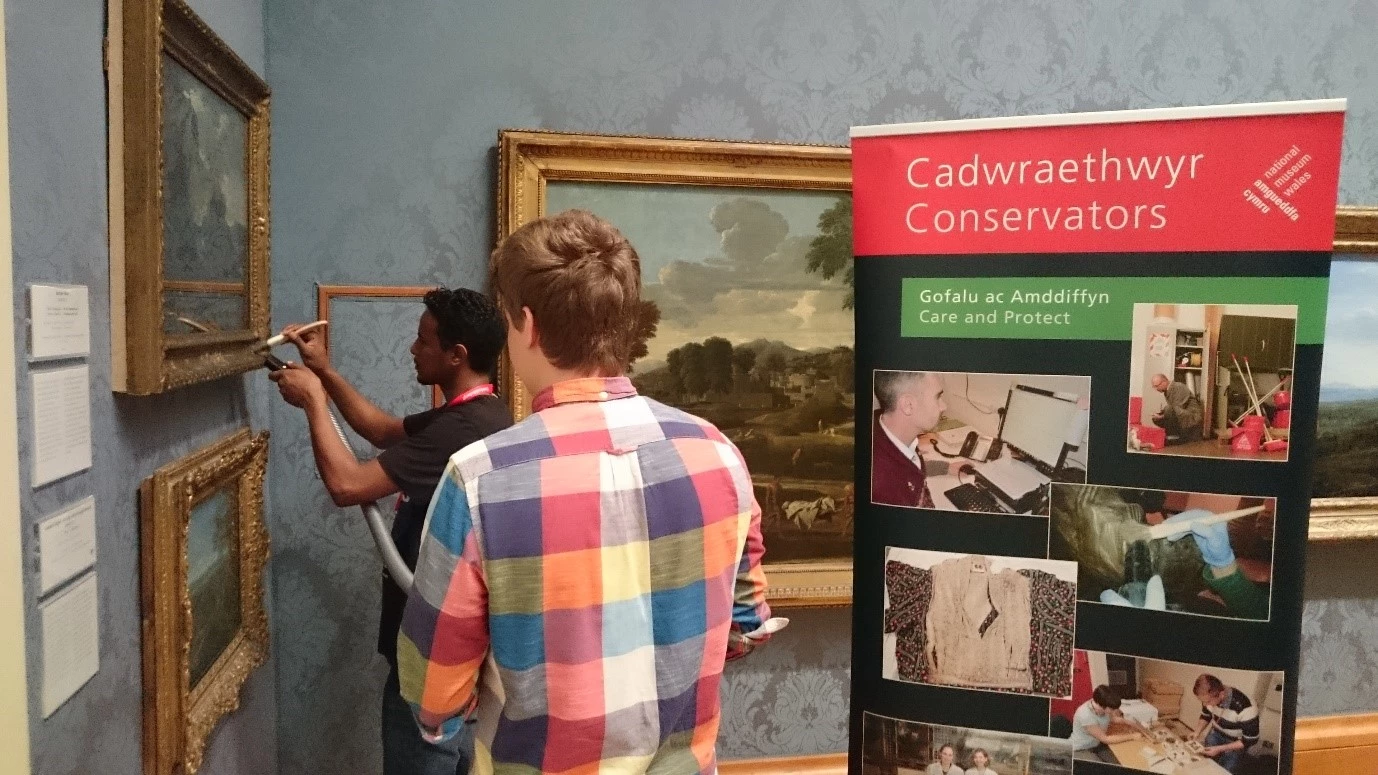Living and Working with Bipolar
, 9 Hydref 2019
Thursday 10th October is Mental Health Awareness Day. I want to use this day to share my experience of living with bipolar. Bipolar is a life-long mental health condition where the person can experience very high manic moods and very low depressive moods. Recent research suggests that up to 5% of people have bipolar. For more information visit Bipolar UK.
TRIGGER WARNING - I discuss my experiences of depression and psychosis.
A Difficult Few Years
At the end of 2015 I was suffering quite severely with depression. It was probably the worst bout of depression I’d ever had. I was completely incapable of making decisions, I did not find joy in anything, I was worried about everything and worst of all was the constant thoughts of suicide. It finally came to a head when my manager asked if I was OK and I burst out crying. She had done mental health first aid training and said the right things to get me to talk. After finding out how bad I felt she recommended I went to the doctors.
I was able to get an emergency appointment and the doctor was very nice. I was put on anti-depressants and was suggested other therapies such as Cognitive Behavioural Therapy (CBT) and a mindfulness course. After a few months I was feeling better. Unfortunately a combination of a stressful few weeks in work and the antidepressants caused me to go into a manic episode and then psychosis which meant I was signed off work for 3 months.
Frustration
After returning to work in the summer of 2016 I slowly got back into the rhythm of work. Over the next year I was doing OK but became increasingly frustrated at not getting an answer as to why I had gone through psychosis. One psychiatrist had suggested I had bipolar whilst another didn’t think I did.
Over the summer of 2017 a series of stressful events led me to go into another manic episode. In the September I went into my second episode of psychosis and was diagnosed with bipolar. I was once again signed off work.
Psychosis
I want to emphasise that when someone is in psychosis they are very rarely a danger to the public that the media portray them to be. I was not a danger to others, in fact if you met me during that time you might have even had a hug from me. This is not to say that it is easy to see someone going through psychosis. I had rapid racing thoughts, paranoia, delusions, hallucinations, severe lows, and delusional euphoric highs. It was a terrifying experience for me and very difficult for my family as they felt helpless in trying to help me through it. Psychosis felt like being trapped in a waking nightmare and I would never wish that experience on anyone. Despite how difficult it was, my local mental health crisis team, my family and friends really helped me and I was incredibly grateful for their support.
Recovery
Since returning to work in January 2018 it has been a slow but steady recovery. I felt like my mind had taken a severe beating. I have had incredible help from my Community Psychiatric Nurse (CPN), psychologist and psychiatrist. This year I have attended a course on living with bipolar run by the National Centre for Mental Health based at Cardiff University and a group therapy course on Compassion Focused Therapy (CFT). I have also started volunteering for Time to Change Wales as one of their champions. All of this together with the right medication and support from my family, friends, managers and colleagues has helped me to recover and stay well.
It’s Good to Talk
I have been very open with colleagues about why I was off work and my experiences. In return I have found they often open up and share their own experiences. 1 in 4 people will suffer from mental ill health at some point in their lives. By sharing with others we can help reduce the suffering and feelings of being alone.
If you are suffering at the moment find someone you can talk to whether that is family, friends, colleagues, doctor, or your local mental health crisis team. There are lots of people out there that want to help you. Thanks for reading this and take care.
